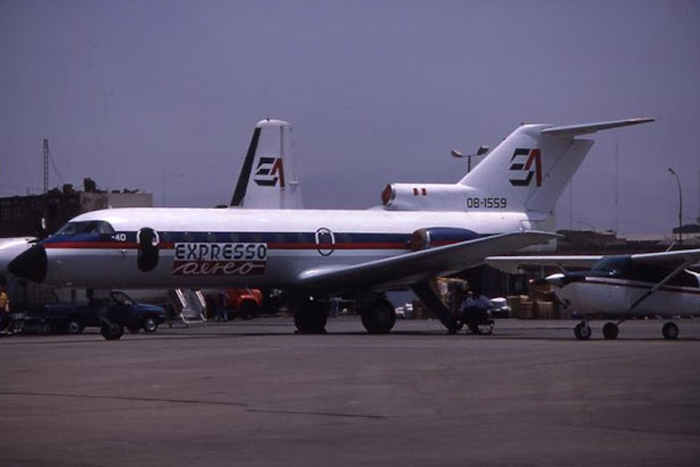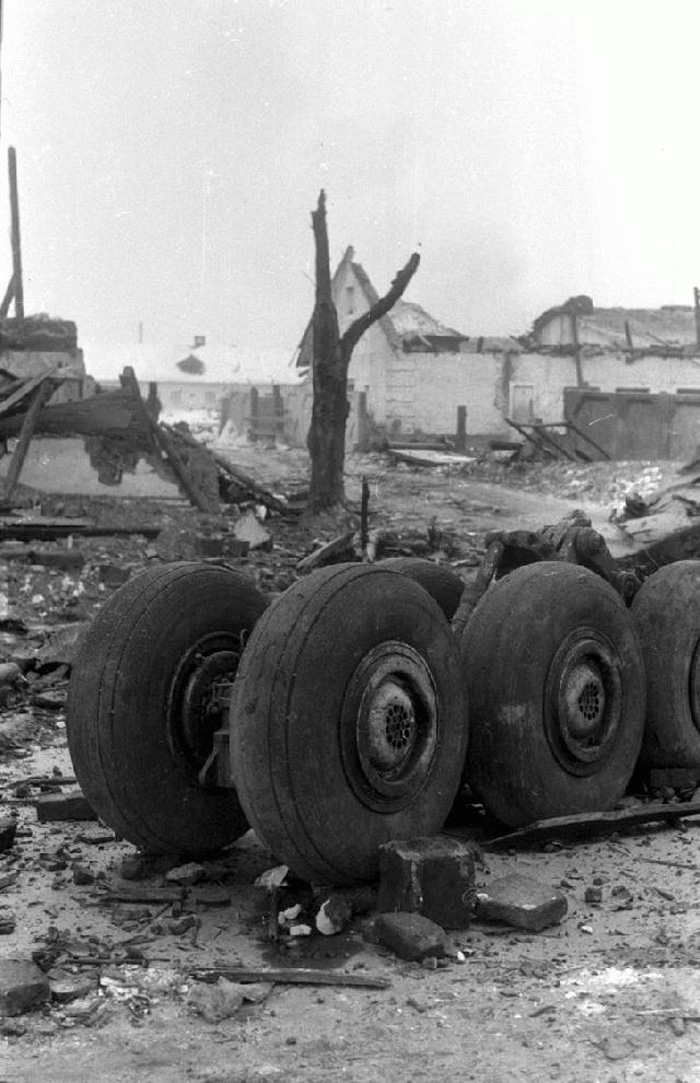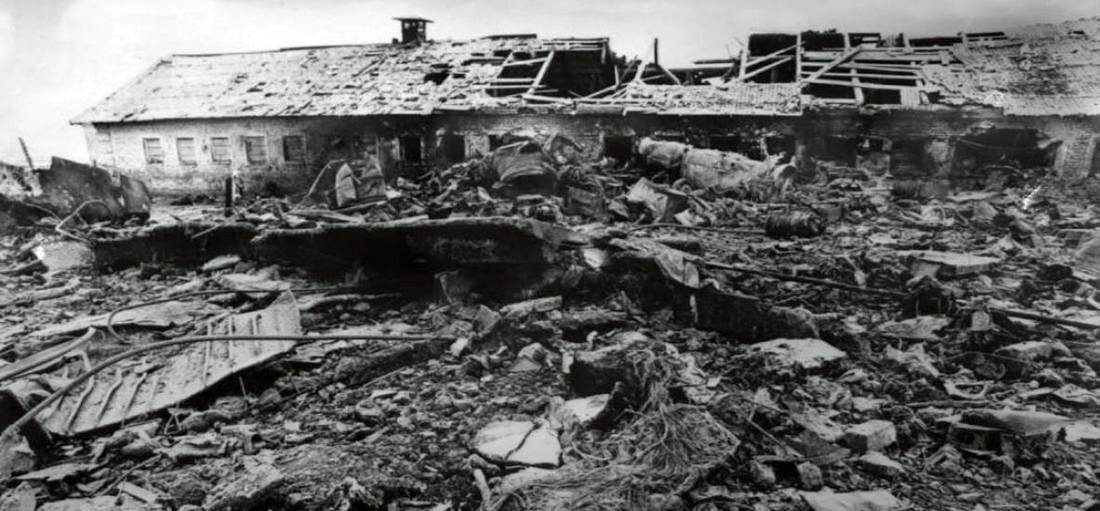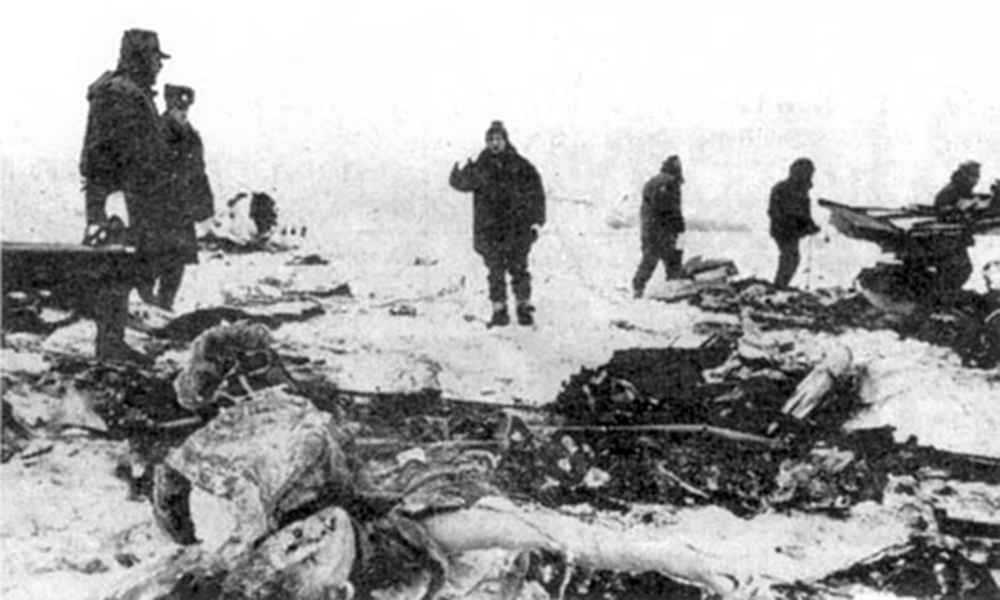Crash of a Yakovlev Yak-40 on Mt Carpish: 31 killed
Date & Time:
Feb 25, 1994
Registration:
OB-1559
Survivors:
No
Schedule:
Juanjui – Tocache – Tingo María – Lima
MSN:
9 64 09 50
YOM:
1976
Flight number:
OD028
Crew on board:
5
Crew fatalities:
Pax on board:
26
Pax fatalities:
Other fatalities:
Total fatalities:
31
Circumstances:
Six minutes after takeoff from Tingo María Airport, while flying in clouds at an altitude of 13,000 feet, the aircraft struck the slope of Mt Carpish located about 45 km southwest of Tingo María Airport. The wreckage was found in an isolated area on March 5 only. All 31 occupants were killed.
Probable cause:
Controlled flight into terrain.















